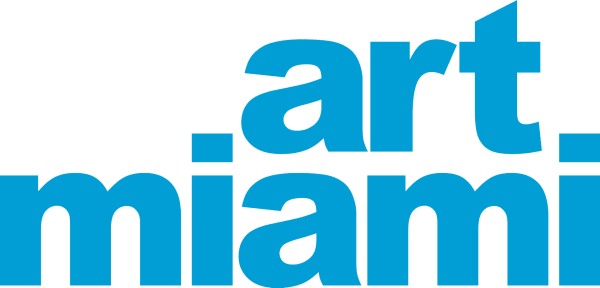Roberto Matta Chilean, 1911-2002
Roberto Sebastián Antonio Matta Echaurren was born in 1911 Santiago, Chile, and is of Spanish, Basque and French descent. He is attributed as being one of the most formative figures of the Surrealist movement as well as a pioneer who paved the way in Abstract Expressionism.
Matta studied architecture and interior design at the Ponitficia Universidad Catolica in Chile. Having graduated in 1935, he travelled extensively around North America and Europe, settling for a period in Paris and working as a draughtsman in the studio of Le Corbusier. It was then that he met André Breton, who took him under his wing and introduced Matta to the top names in the Surrealist movement and encouraged him to join.
Although Matta is known for his oil paintings he was a multi-media artist and would often combined mediums such as clay into his canvases to create different surface and textual dimension. His progressive and innovative thinking resulted with him being at the forefront of Abstract Expressionism and is credited with mentoring several famed artists from that movement such as Robert Mortherwell, Jackson Pollock and Mark Rothko.
Being greatly influenced by Sigmund Freud, Matta created a series that he called ‘Inscapes’, which he related to ‘psychological morphologies’. The basis for these works was to illustrate the human psyche in visual form, depicting the subconscious on large canvases. Believing that art and poetry could alter lives, his later works in the 50s and 60s turned polemic as he conveyed his distress to the political environments in both North and South America. Many of his works were direct responses to the Civil Rights movement and as well as the wars in Vietnam and Algeria. They often incorporated strangely threatening machine-like contraptions and totemic human figures.
During the Second World War Matta emigrated to the United States where, in 1940, he was given a solo exhibition at the Julien Levy Gallery, and soon after became represented by Pierre Matisse. Matta’s career steadily grew and grew and he enjoyed success in the form of retrospectives at the MoMA in 1957, National Gallery Berlin in 1970, and at the Pompidou Centre in Paris 1985. His works can be found in dozens of public collections worldwide, such as the MoMA, The Tate, The Art Institute of Chicago, Cleveland Art Museum, Moderna Museet in Stockholm and the Guggenheim New York. Matta was a prolific artist, engaging in social politics and painting right up until his death in Civitavecchia, Italy, in 2002.





